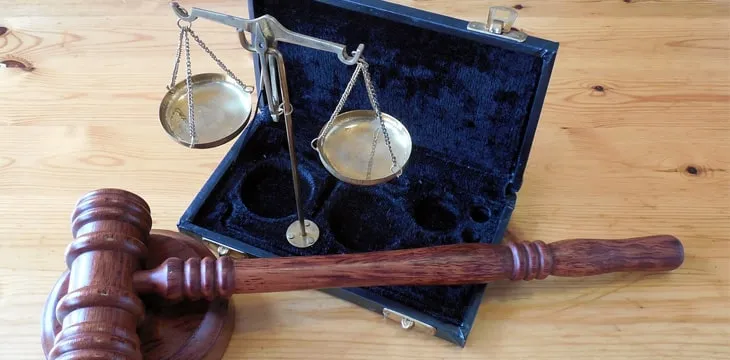|
Getting your Trinity Audio player ready...
|
A lawsuit filed in Florida in March accuses three individuals of mounting a major Ponzi scheme in the digital currency space through claims of having developed the ultimate formula to succeed at trading digital assets.
Their plan, dubbed Q3, attracted over $35 million in investments from 100 individuals before the ruse was uncovered, and investors now want their money back. Q3 Investment Recovery Vehicle was formed to launch the class-action lawsuit against the trio of crooks, all of whom had ties to major financial entities, including Wells Fargo and the New York Stock Exchange (NYSE).
The lawsuit (in pdf) targets James Seijas, a former financial advisor with Wells Fargo Advisors, former NYSE broker Michael Ackerman and a surgeon, Quan Tran. They concocted a scheme to push a fake trading algorithm that was reportedly developed by Ackerman, marketing it on social media to attract attention. Investments, they asserted, would be used to trade in digital assets using the algorithm, which would produce guaranteed high rates of return.
In addition to these three, two other individuals—Donna Seijas and Steve Saunders—are named as defendants. Donna Seijas is the wife of James Seijas and acted as a managing partner of Q3. Saunders was the VP of Operations for Skyway Capital Markets, which is also listed as a defendant, along with two Wells Fargo entities—Wells Fargo Clearing Services, LLC and Wells Fargo Advisors Financial Network, LLC.
Of the money collected, some was actually used for investment purposes; however, the exact amount isn’t known. The lawsuit asserts that $20 million, or just over half, went to personal expenses for the individuals. The plaintiffs explain in the suit, “From approximately August 2017 to December 2019, the Founders solicited funds to supposedly trade virtual currencies through the Q3 Entities. The Founders claimed, fraudulently, that the investments would be used to trade cryptocurrency using a proprietary and wildly successful algorithm developed by Ackerman. More than 100 individuals and entities investments approximately $35 million in Q3 based upon these representations.”
If the Ackerman name sounds familiar, it’s because the scammer has already been called out by the U.S. Securities and Exchange Commission (SEC) for this Ponzi scheme. The financial regulator charged him with violating federal securities laws and that case is still pending. He is also facing another case brought forward by the U.S. Commodity Futures Trading Commission (CFTC), and has an outstanding indictment for wire fraud and money laundering.
Wells Fargo, which has a history of not performing its legal responsibilities properly, is involved for that same reason. The lawsuit asserts that the company has, at least on paper, a policy that requires certain employees to keep Wells Fargo informed of any outside activity. However, Seijas was not required to make the regular reports, and his involvement with Q3 could have been viewed as an extension of his involvement with Wells Fargo.
The lawsuit seeks financial compensation for damages, legal expenses and “other relief” to which it will demonstrate entitlement in court.

 08-25-2025
08-25-2025 





